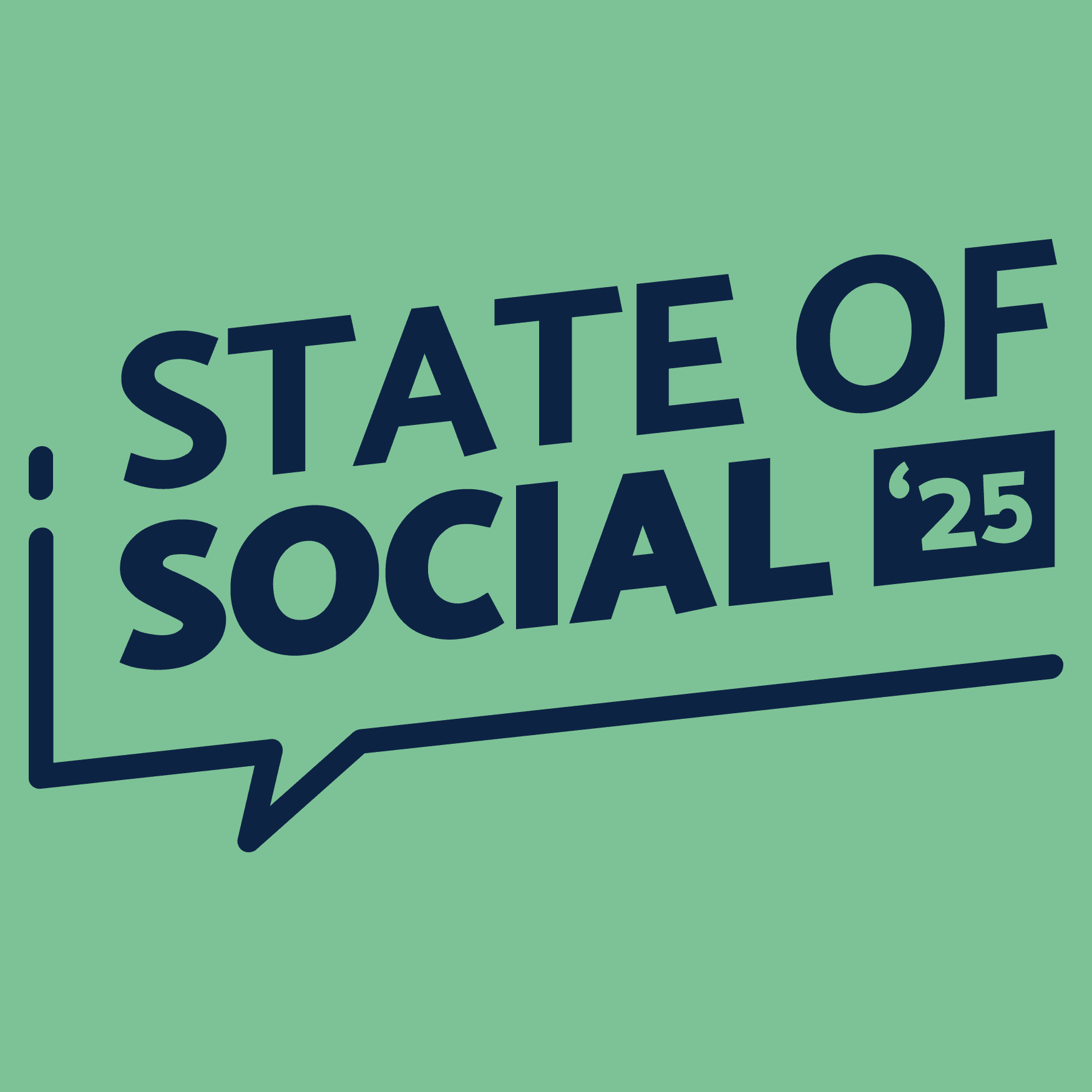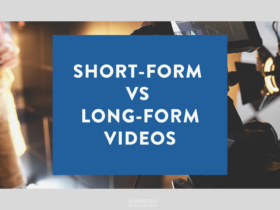Who is the short-form king?
In the realm of social media, short-form video content has emerged as a dominant force, captivating audiences with its quick, engaging, and easily digestible format.
Platforms like TikTok, Instagram Reels, and YouTube Shorts are leading the charge, each offering a unique spin on short-form content.
TLDR; What’s the difference
The Rise of Short-Form Video Content
Short-form videos, typically lasting 60 seconds or less, have exploded in popularity over the past few years. The vertical format is optimised for mobile consumption, making it perfect for today’s on-the-go audiences.
Brands increasingly leverage short-form videos to capture attention quickly, engage with their target audience, and create shareable content.
TikTok: The Pioneer of Short-Form Videos
TikTok has been a game-changer in the world of short-form videos. Its easy-to-use interface, creative tools, and algorithm that promotes content discovery have made it a hit among younger audiences.
Brands on TikTok can tap into trending challenges, use popular music, and create fun, engaging content that resonates with the platform’s user base.
Instagram Reels: Riding the Short-Form Wave
Instagram Reels, launched in 2020, is Instagram’s answer to the short-form video trend. Reels allow users to create and share 15 to 30-second videos, complete with various filters and effects.
While it’s integrated into the existing Instagram platform, Reels has a dedicated tab, making it easy for users to discover new content. Reels allow brands to reach Instagram’s vast user base with creative, engaging short-form content.
YouTube Shorts: A New Contender
YouTube Shorts, launched in 2021, is YouTube’s foray into the short-form video space. Shorts are 60-second videos that users can create with various creative tools.
While it’s a relatively new feature, Shorts has already seen significant growth, with billions of daily views. For brands, YouTube Shorts offers another way to engage with YouTube’s massive audience.
TikTok vs Instagram Reels vs YouTube Shorts: A Comparative Analysis
While all three platforms offer short-form video capabilities, they each have their unique features and advantages:
- User Base: with its younger demographic, TikTok is ideal for brands targeting Gen Z and younger millennials. With its integration into Instagram, Instagram Reels allows brands to reach a broader demographic. YouTube Shorts, while new, benefits from YouTube’s extensive user base.
- Content Discovery: TikTok’s algorithm is renowned for its content discovery, allowing even new users to go viral. Instagram Reels also offers content discovery through the Explore page. YouTube Shorts, while still developing its discovery features, benefits from YouTube’s established recommendation algorithms.
- Creative Tools: All three platforms offer a range of creative tools, including music, filters, and effects. However, with its innovative features like Duet and Stitch, TikTok is often seen as the leader in this area.
- Monetisation: TikTok has the Creator Fund, while Instagram Reels recently launched ads, and YouTube Shorts has introduced the Shorts Fund. These monetisation options allow brands and creators to earn revenue from their short-form content.
The Power of User Engagement
One key factor that sets TikTok, Instagram Reels, and YouTube Shorts apart is their potential for user engagement. The interactive nature of these platforms encourages users to watch and participate in trends, challenges, and content creation.
TikTok has a unique ‘For You’ page, a personalised content feed based on user interactions, encouraging active engagement. The platform’s duet and stitch features also allow users to interact with others’ content, fostering a sense of community.
On the other hand, Instagram Reels benefits from the existing Instagram ecosystem. Users can share reels on their feed, stories, and the Explore page, increasing the potential for engagement. The platform also allows users to shop directly from Reels, a feature that can be particularly beneficial for brands.
YouTube Shorts leverages YouTube’s established comment system, allowing users to interact with content creators. The platform also features a ‘Shorts Shelf’ on the YouTube homepage, promoting discovery and engagement with short-form content.
The Impact on Brands
Brands can leverage these platforms to engage with their audience in new and creative ways. Short-form videos offer a unique opportunity for brands to showcase their personality, engage with trends, and connect with their audience on a more personal level.
On TikTok, brands can participate in trending challenges, use popular music, and create fun, engaging content that resonates with the platform’s user base. The platform also offers a range of advertising options, including In-Feed Ads, Brand Takeovers, and Branded Hashtag Challenges, allowing brands to reach a wider audience.
Instagram Reels allows brands to reach Instagram’s vast user base with creative, engaging short-form content. Brands can also leverage Instagram’s shopping features, linking products directly in their Reels.
YouTube Shorts offers brands another way to engage with YouTube’s massive audience. Brands can create short, engaging videos that complement their longer YouTube content, driving engagement across formats.
So, are they really all that different?
TikTok, Instagram Reels, and YouTube Shorts each offer unique opportunities for brands to leverage short-form video content. The choice between these platforms ultimately depends on a brand’s target audience, content strategy, and specific goals. By understanding the strengths and features of each platform, brands can make an informed decision about where to invest their short-form video efforts.
Whether it’s participating in TikTok challenges, creating shoppable Reels on Instagram, or complementing long-form content with YouTube Shorts, the possibilities for brands in the realm of short-form video content are endless. As the digital landscape continues to evolve, it’s clear that short-form video content will continue to play a crucial role in shaping the future of social media marketing.
Final thoughts
With this comprehensive understanding of TikTok, Instagram Reels, and YouTube Shorts, brands are better equipped to navigate the dynamic world of short-form video content and effectively engage with their audience in this new era of social media.
Remember, the key to successful social media marketing lies in understanding your audience, staying up-to-date with the latest trends, and being willing to experiment with new formats and platforms. Happy creating!








LET’S CONNECT